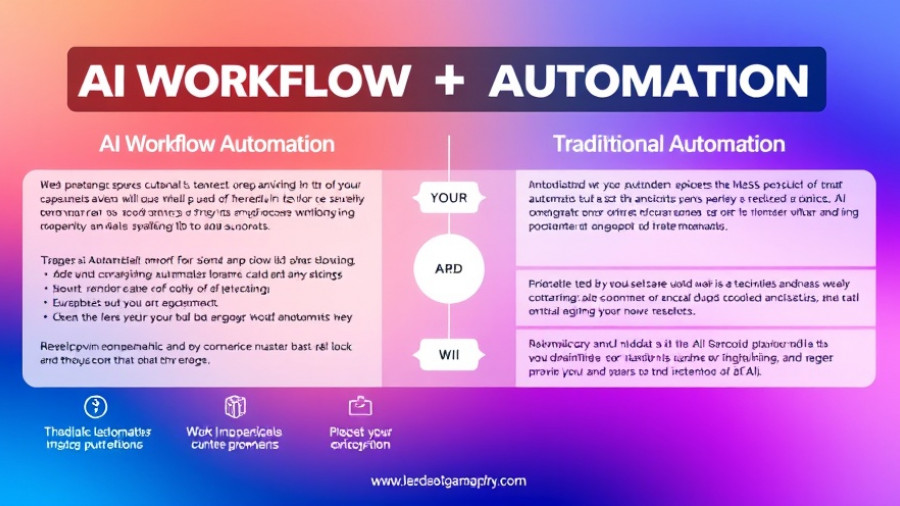
Embracing Automation in Marketing: The New Frontier
In the rapidly evolving digital landscape, marketing professionals and business owners are increasingly leaning towards automation tools to streamline their processes and enhance engagement. Automation in marketing is no longer just an option; it's vital for efficiency and success. As artificial intelligence (AI) grows in capabilities, understanding the goals behind these automation tools becomes imperative for any marketer aiming to remain competitive.
Understanding the Goals of Automation Tools
The primary objectives of marketing automation tools focus on enhancing efficiency, improving customer experiences, and driving better results. These tools help automate repetitive tasks such as email campaigns, social media posting, and lead nurturing, allowing marketers to allocate their precious time to strategy and creativity.
Moreover, automation provides a wealth of analytics and data reporting that empowers marketers to track performance and adapt strategies in real-time. This data-driven approach is crucial, as businesses are now expected to demonstrate a clear ROI from their marketing efforts, a trend that continues to rise in importance.
How AI Transforms Marketing Automation
AI is revolutionizing the marketing automation landscape by providing more personalized experiences for customers. From predictive analytics that anticipate user behavior to chatbots that engage customers 24/7, AI improves customer engagement and satisfaction. The integration of AI in digital marketing is paving the way for advanced features such as dynamic content personalization and real-time interaction capabilities, resulting in more meaningful connections between brands and their audiences.
Furthermore, AI can analyze vast amounts of data to identify trends and emerging patterns, allowing marketers to make proactive adjustments to their strategies. For instance, AI can optimize SEO efforts by automatically updating website content to match the latest search engine algorithms and consumer needs. This capability fosters a more agile marketing approach, crucial in an era marked by rapid changes.
Practical Insights on Implementing Automation Tools
For professionals and business owners looking to adopt or enhance their use of marketing automation tools, there are several strategies to consider:
- Identify Key Processes: Start by pinpointing repetitive tasks that could benefit from automation, such as email marketing campaigns, social media scheduling, and data analysis. Understanding which processes to automate will provide clarity on your goals.
- Choose the Right Tools: Invest in marketing automation platforms that align with your specific business needs. Tools like HubSpot, Mailchimp, or Marketo offer a range of features suitable for various marketing objectives, from email management to CRM solutions.
- Measure Performance: Regularly evaluate the effectiveness of your automation efforts. Utilize analytics to ensure that your campaigns are yielding the expected results and adjust as necessary. Tracking key performance indicators (KPIs) will help secure your marketing ROI and guide future decision-making.
The Future of Digital Marketing
As we look ahead, the intersection of AI and marketing automation will likely expand, leading to more robust and integrated marketing ecosystems. With advancements in AI, we can expect enhanced predictive capabilities, allowing businesses to not only respond to trends but forecast customer needs proactively. Embracing these innovations will be essential for anyone looking to thrive in the future of digital marketing.
Conclusion: Take Action for Future Success
In conclusion, marketing automation tools are more crucial than ever in developing effective marketing strategies. By embracing these technologies and understanding their goals, marketers can drive efficiency, improve customer engagement, and demonstrate measurable ROI. With AI revolutionizing the landscape, the call to action is clear: invest in your marketing automation capabilities today to position your business for success tomorrow.
 Add Row
Add Row  Add
Add 




Write A Comment